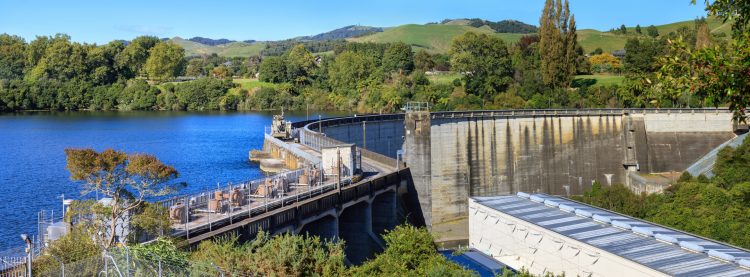Must see attractions
Waikato River Trails
The Waikato River Trails runs 100km alongside the Waikato River. The trail winds along a path that encompasses the natural beauty of the native bush, exotic forest, historic landmarks, interesting rock formations and geological delights, grassed farmland, open reserve, boardwalks through wetlands expansive lake and river views.
Te Waihou and Blue Spring
This award-winning trail is located off Whites Road near Putāruru or Leslie Road (off White’s Road). A stunning and popular trail built with local landowners’ support, Te Waihou Walkway covers a distance of 4.7km with an average walking time of one and a half hours (or three hours) return).
The terrain varies from easy walking to backcountry trekking. Beautiful waterfalls, gushing crystal clear waters, and abundant birdlife can be enjoyed. Te Waihou is totally spring fed. Water from the Mamaku Plateau takes between 50 to 100 years to reach the Blue Spring.
Over 70% of New Zealand’s bottled water comes from the Blue Spring. It is classified as some of New Zealand’s purest water.
Mt Pohutaroa
Towering 240 metres over the river is Mt Pohutaroa (520m), which features prominently in local mythology. The rock, which served as a lookout post during inter-tribal conflicts, was the scene of many a prolonged siege.
The rock overlooks a lake formed by the Atiamuri hydroelectric power station. Mt Pohutaroa can be viewed from State Highway 1, close to the Atiamuri bridge.
Arapuni Suspension Bridge
The village of Arapuni is home to a hydroelectric power station and dam which were among the first to be built on the Waikato River.
The suspension bridge, which is suspended 54 metres above the power station, is 152 metres long and has a slope of eight metres. It was built in 1925 to enable easy access for power station employees. Those who venture over the bridge are rewarded with spectacular views of the scenic gorge.
Public toilets are located at Arapuni Dam and at the suspension bridge, with bus and car parking available.

















































